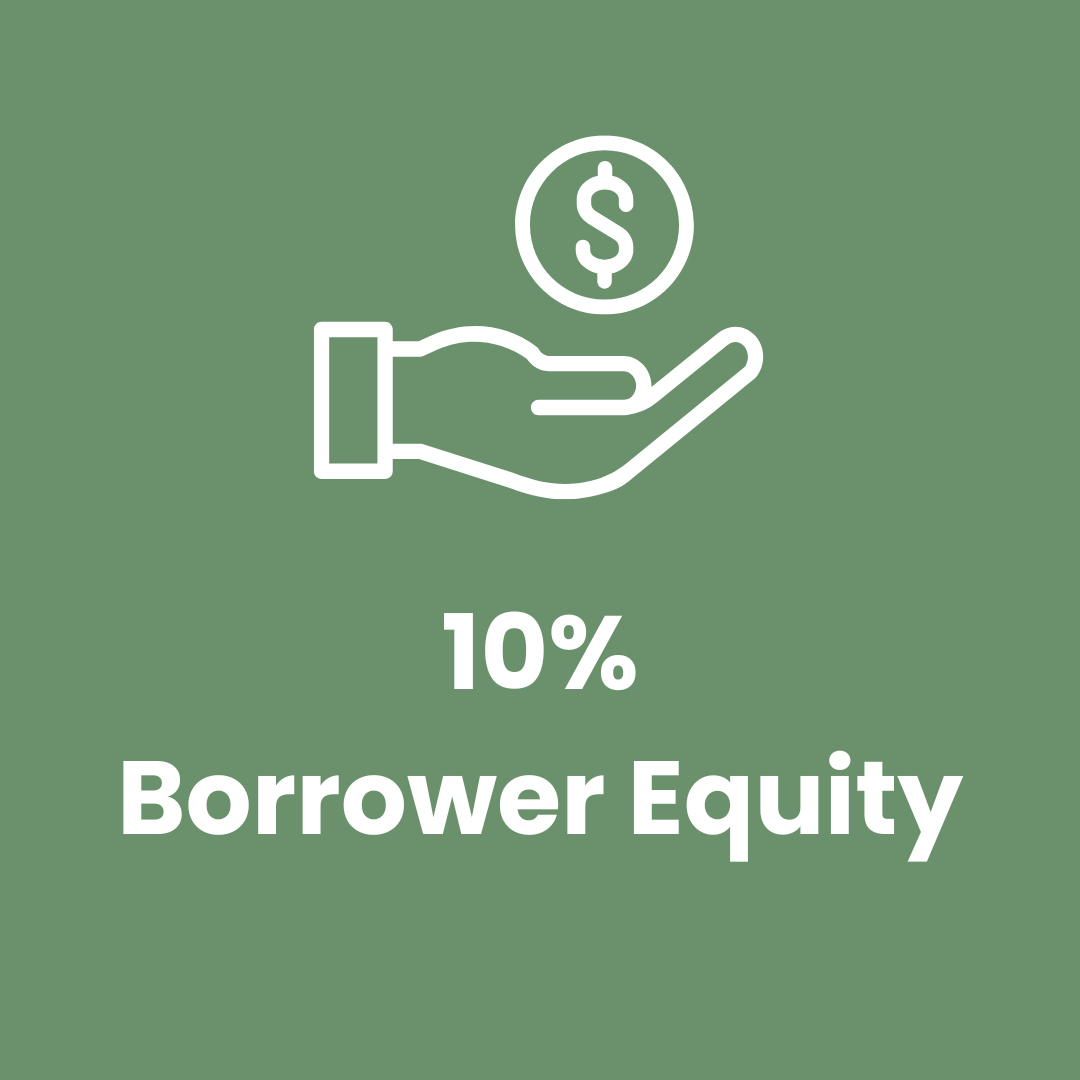SBA 504 LOAN PROGRAM
ABOUT the loan program
What is the SBA 504 Program?
The SBA 504 Program is designed to provide long-term, fixed rate financing, to eligible businesses. Loan proceeds can be used for fixed assets such as real estate and long life equipment (10 years of life or more), new construction and even improvements to existing properties.
504 vs. Conventional
Why rent when you can OWN? The SBA 504 loan program offers fixed asset financing for small businesses at competitive rates and long terms. Even new businesses can buy commercial real estate and equipment, investing in their own company instead of renting and adding to the profits of another business. The low down payment requirement and longer loan terms result in low monthly payments. In many cases, borrowers find that their payments are lower than what they would pay in rent. The low monthly payments can help borrowers qualify for more financing as well.
SBA 504
Loan
SBA 504 loans offer up to 90% financing for construction projects, purchasing real estate with existing buildings, machinery, equipment, furniture, fixtures and more. Retaining working capital helps businesses grow and be prepared for unforeseen expenses and inflation.
With the SBA 504 program, terms can go up to 25 years and the interest rate is fixed for the life of the loan. These provide the borrower with years of fixed low monthly payments without tying up working capital.
Lower payments means better cash flow which can help borrowers pay down the bank loan at a higher interest rate faster.
Financing through the SBA 504 program can even be less expensive than other SBA loan programs like 7(a) loans.
Conventional
Loan
Conventional loans typically cover no more than 75% to 80% of project costs which requires higher down payments from the borrower. This reduces the amount of working capital borrowers have right from the start.
Conventional loan terms are typically between 5 and 7 years and almost always include a final balloon payment at maturity. They usually have a rate “floor” as well, not going below a specific rate, regardless of how low rates in general go. Once the short loan term matures, the borrower is subject to rate increases, additional underwriting and possibly tightened credit criteria. If interest rates rise, this is a less favorable option for borrowers. As such, the borrower is at the mercy of the unpredictable rate environment.
SBA Split: 50/40/10
Benefits of the SBA 504 Loan
Borrowers
Lenders
Lower equity
contribution as little as 10% of project to preserve working capital
Eligible soft
may be rolled into the project financing
Finance up to 40% of the
project at a long-term, fixed-rate
Debt
refinancing available at a long-term, fixed-rate
Preserve
borrower's as little as 10% of project to preserve working capital
Offers
creative financing to differentiate your lending institution in the marketplace
Fixed interest
rate helps lenders compete for more business
Strengthen
lender loan portfolio with 1st lien position and low Loan-to-Value
Long-term, fixed-rate financing of up to $5 million for major fixed assets
Eligible Use of Funds
- Land
- Acquisition of Existing Building
- New Construction
- Fixed Assets from Business Acquisition
- Building Expansion or Renovation
- Long-Term Equipment
- Professional Fees
- Debt Refinance
Loan Terms
SBA 504 Loans are available through Certified Development Companies (CDCs).
SBA 504 Loans offer a fixed interest rate. There is no prepayment penalty after the initial 10 years. Loan terms are:
- 10 years (equipment)
- 20 years
- 25 years
Job Creation
A 504 loan can be used for a range of assets that promote business growth and job creation. One job must be created or retained for every $75,000 borrowed. This can be waived if Public Policy Goals are met.
Ineligible use of funds
- Working Capital
- Inventory
- Goodwill Assets from Business Acquisition
- Tenant Improvements
- Franchise Fees
- Rolling Stock (i.e. vehicles)
Current Loan Rates
November 2025
- 10 year - 5.466%
- 20 year - 6.184%
- 25 year - 6.111%
How does the loan work?
The SBA504 Loan Program involves a partnership between the SBA and Lenders. Typically, Lenders loan 50% of the eligible project costs, the SBA lends 40% and the borrower injects the remaining 10%.



